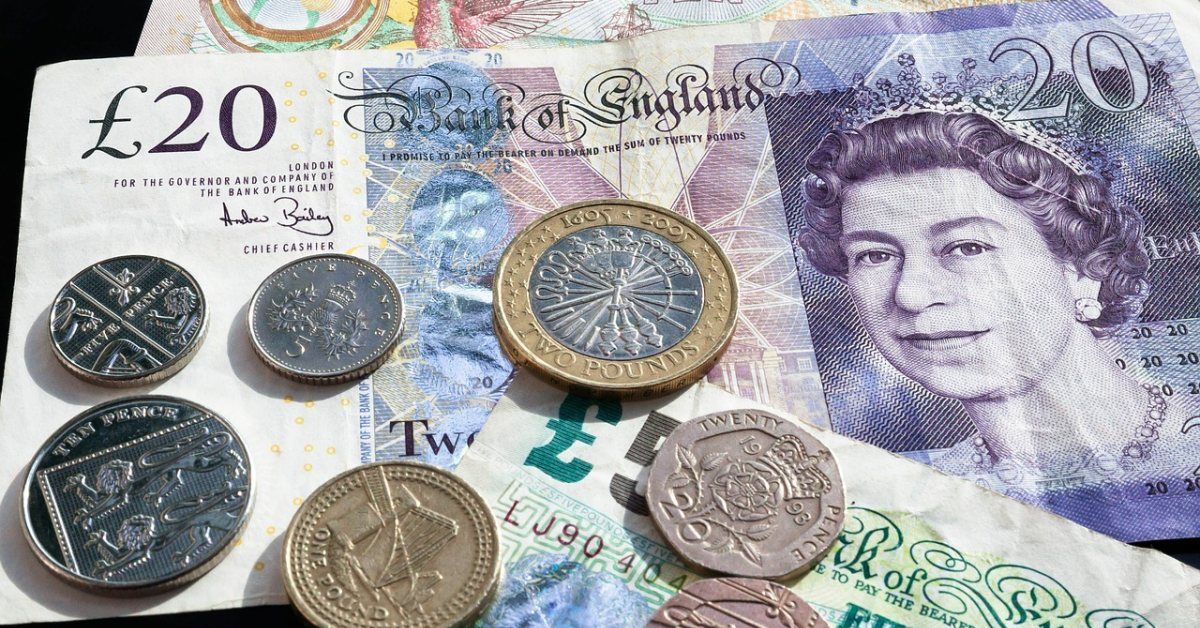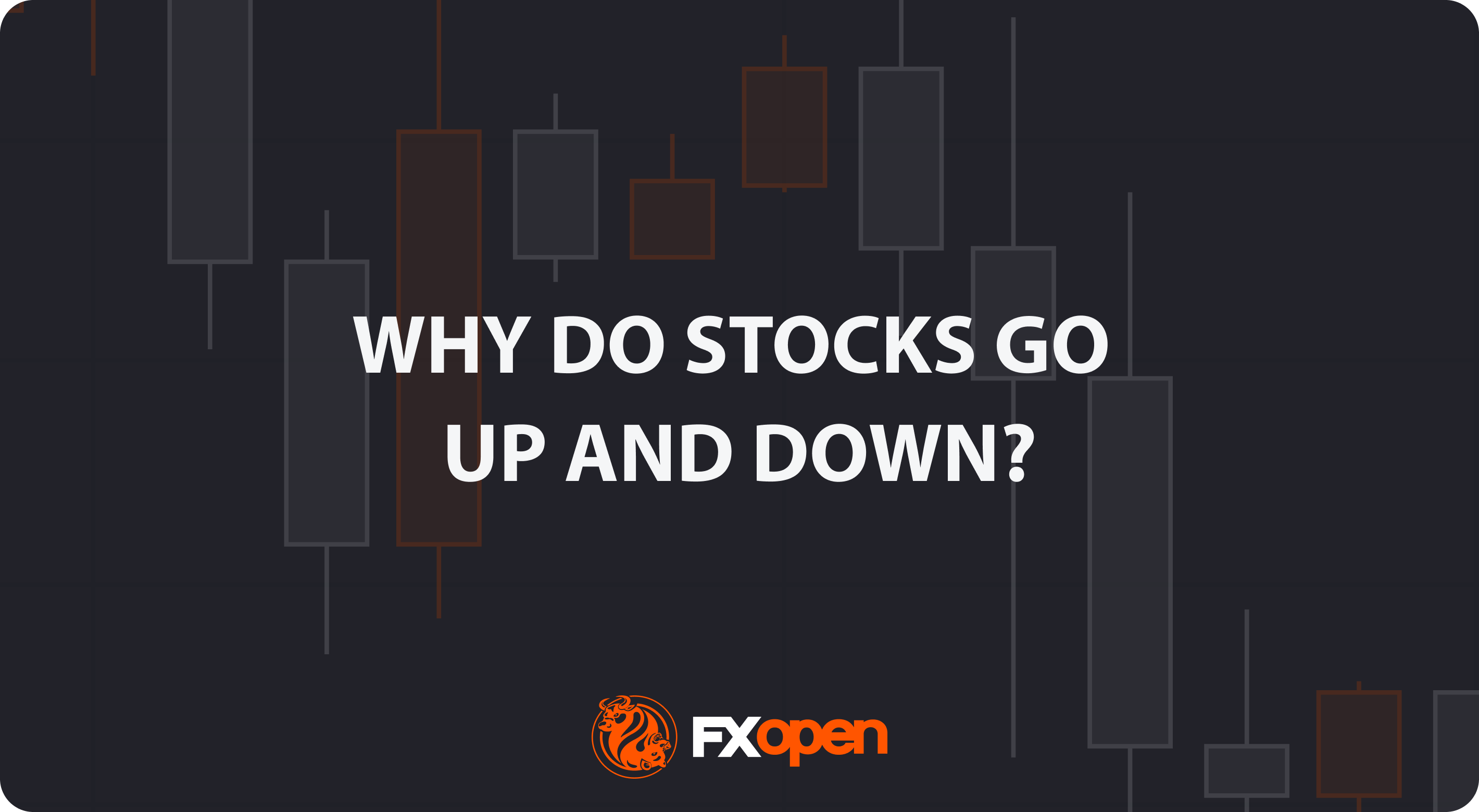FXOpen

The two-decade long period of almost no volatility in the major currency markets which lasted throughout the late 1990s until the late 2010s is long gone.
Just looking back at the last 12 months has been a very interesting insight into exactly that.
Throughout the last quarter of 2022, the British pound declined consistently against the US dollar, and commentary surrounding the ills of domestic millstones such as Brexit and the extra cost of doing business for UK firms, high inflation, a cancelled budget from the shortest prime ministerial office in British history, and a cost-of-living crisis with energy and food bills at the top of the agenda pervaded every channel.
By contrast, the US dollar was doing incredibly well against all major currencies. Despite a national debt to GDP ratio of more than double the percentage of that of the United Kingdom and similar challenges faced by many citizens of the United States to those faced by Britain’s populace, inflation in the United States reduced to approximately 6% and the economy appeared to be getting back on track.
Doom and gloom was abound last year, but that suddenly stopped when the British Pound began to enjoy a resurgence.
Now, here we are in the middle of 2023 and the British pound has turned its fortunes around, standing today at a 1-year high against the US dollar.
In just one week, the British pound has risen from 1.25 against the US dollar to 1.28.
Back in the previous decades during those long periods of doldrums in the currency markets, a move of 3 US cents against the pound in a week between the British pound and US dollar would have made news headlines, but nowadays it appears that this is becoming relatively regular.
This upward direction has been consistent and now the trading week starts with the pound sitting high on its laurels.
There is more speculation over a potential interest rate rise by the Bank of England this week, and as the Consumer Price Index (CPI) figures are imminent, the investing public awaits news of whether inflation is still spiralling or if it is under control.
There has been a degree of criticism of the government and Bank of England’s adherence to rate rises as the solution to everything, even if inflation is no longer rising.
The policy of increasing interest rates has given rise to a stocktake by many individuals and businesspeople who now find themselves having gone from an environment in which credit for large value purchases such as mortgages for homes or commercial finance was almost free – the interest rate was negligible – to an environment in which it is around 6%.
Therefore, a refocus on prioritising main monthly costs over consumerism would be a likely prediction, but there is every indication that consumerism is no different now to how it was in 2019 before all of the contributing factors to high living costs and interest rates came into being.
The question is, will this high point for the pound be sustained, or is it a part of the volatility that we are now experiencing?
Volatility is certainly back.
Trade over 50 forex markets 24 hours a day with FXOpen. Take advantage of low commissions, deep liquidity, and spreads from 0.0 pips. Open your FXOpen account now or learn more about trading forex with FXOpen.
This article represents the opinion of the Companies operating under the FXOpen brand only. It is not to be construed as an offer, solicitation, or recommendation with respect to products and services provided by the Companies operating under the FXOpen brand, nor is it to be considered financial advice.
Stay ahead of the market!
Subscribe now to our mailing list and receive the latest market news and insights delivered directly to your inbox.








